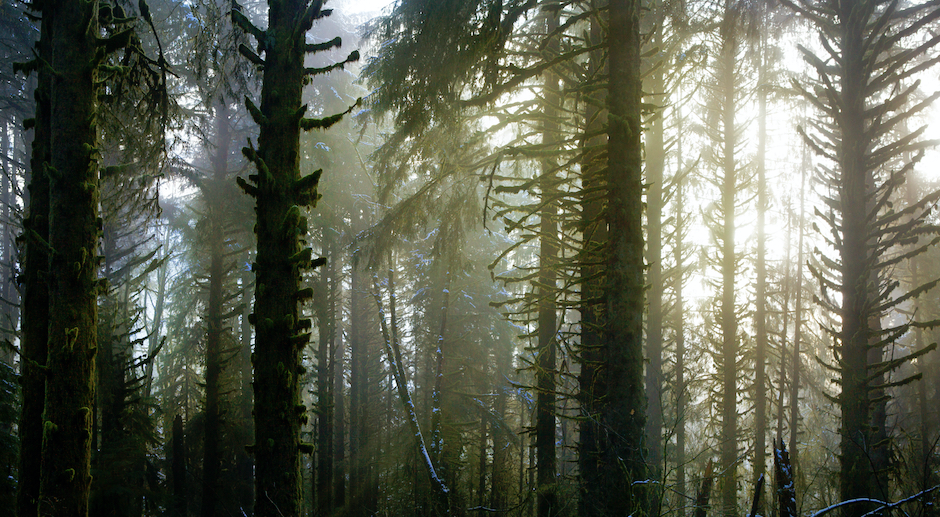By Stephen Sherrill
Science shows spending time in nature is good for our physical and mental health. And yet, according to a U.S. Environmental Protection Agency study, Americans spend 87 percent of their time inside and an additional 6 percent in cars. That’s why the Japanese trend of Shinrin-yoku, or “forest-bathing” is taking off.
Ben Page, a forest therapy guide who founded Shinrin Yoku Los Angeles, believes we’re going to be hearing a lot more about it in the years to come. “I think about where yoga was 30 years ago and where it is today,” he told The Washington Post, “and I realize that forest therapy is making the same journey toward cultural definition in a way that will mainstream the practice.”
Practitioners say that it’s not the same as hiking or just taking a walk. “Whereas a nature walk’s objective is to provide informational content and a hike’s is to reach a destination,” says Page, “a Shinrin-yoku walk’s objective is to give participants an opportunity to slow down, appreciate things that can only be seen or heard when one is moving slowly, and take a break from the stress of their daily lives.”
And there’s also some science to back up the benefits. One study found that, compared with walking in an urban setting, forest-bathing lowered blood pressure and stress levels. Another found a connection between Shinrin-yoku and improved immune function.
The practice is growing, and not just in Japan and the U.S. The Association of Nature and Forest Therapy was founded 2012 and has plans to certify programs in Ireland, New Zealand, South Africa and Canada.
Originally published at medium.com


